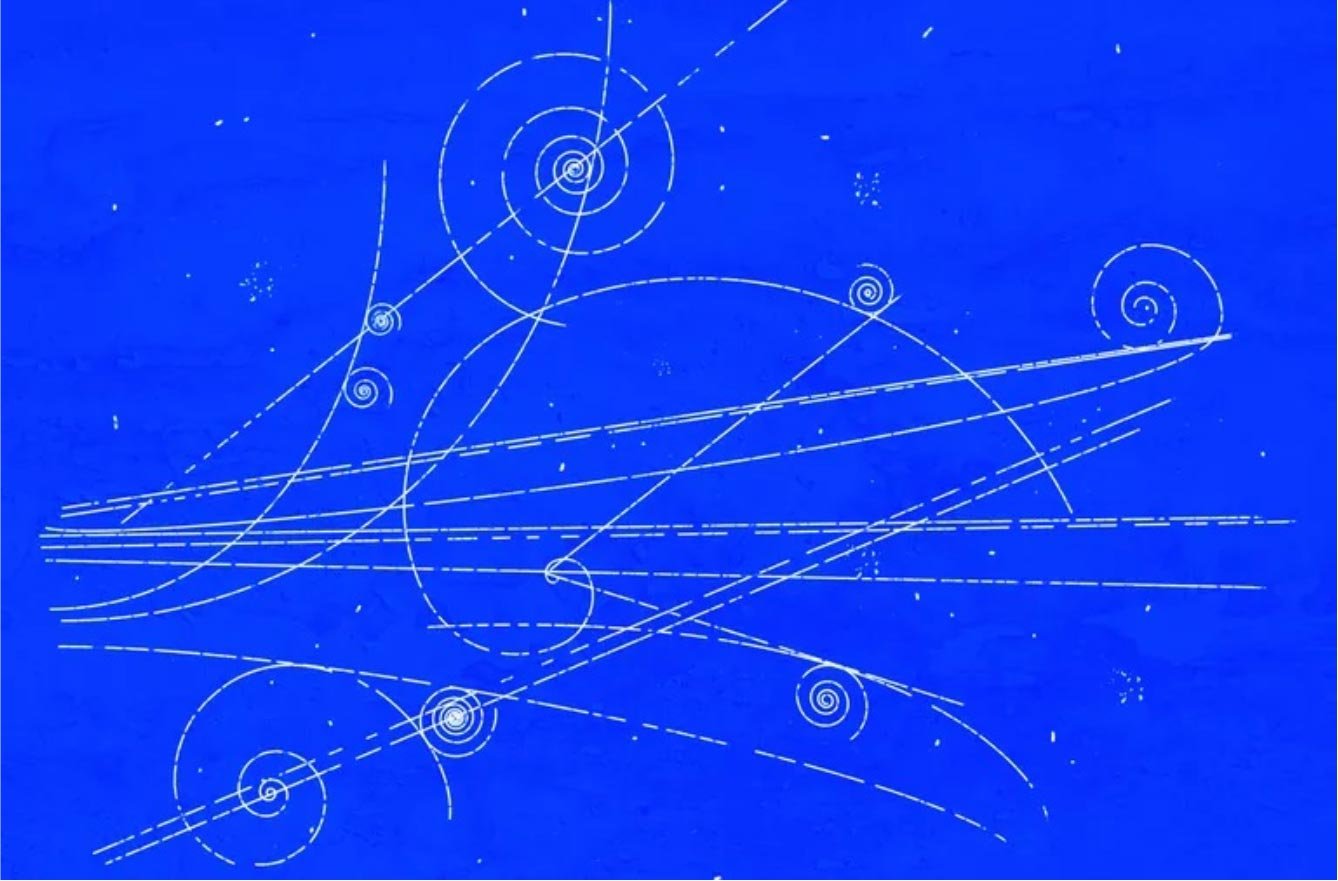Wow! That’s a mouthful, but let’s make this all very simple. If you knew that visualization or other types of intentional activities could rewire your brain for the better and offer you significant health benefits, would you want to try that?
I have been practicing Ortho-Bionomy and psychology for a while now, and I am very curious about what creates change in the perception of pain, mood disturbances, and behavioral patterns. I have arrived at a simple axiom: the wiring of the brain dictates firing of the brain – the way our brain is structured dictates how it functions. Our “wiring” is our network of neural connections between parts of our brain, and our “firing” is speed and strength of the electrical activity of the brain along those neural pathways that creates sensory perception, emotions, meanings, and behaviors. This axiom describes a process that is mechanical and automatic, but I will endeavor to show that the brain is also subject to change with intentional interventions. So as not to turn off readers who may not like the word “intention,” I present intention as having a choice over a process that would otherwise be unconsciously automatic and unfavorable. Intention equals choice – taking control of something that we can be in control of for the sake of wellbeing.
In my past article: A Spiral a Day Keeps the Doctor Away: Part 1: Imagery (vol. 4/17), I wrote that visualization was important for brain health, and due to picture media addiction, the ability to visualize is getting weaker in humans. This new article takes this idea one step further to show how you can begin to rewire your brain with repetitive positive activities, such as visualization, movement, chanting, or any other activity that creates new neural pathways.
The value of visualization as an aid to healing is nothing new. It has been used by hypnotherapists, shamanic healers, spiritual healers and success gurus for as long as they have existed. It is only recently that neuroscience research has caught up with and validated this ancient wisdom. But the clarity offered by recent research sharpens our understanding of this miraculous phenomenon.
What is neuroplasticity?
Neuroplasticity is the dual process of the neural connections in the brain and body weakening and becoming inactive, and the formation of new neural connections that are active. To be “plastic” means to be changeable.
What is competitive neuroplasticity?
“Use it or lose it” is the operating principle referring to the fact that the brain is constantly dropping neural connections that are not being regularly used and adding new connections when new activity is introduced and repeated long enough. New brain activity “competes” with the existing circuitry, and the activity that persists wins. Rather than being stuck with the habitual wiring of the brain and helpless to change it, we can participate in the process and become the architects of our brain structure.
How does visualization induce competitive neuroplasticity?
Visualization is a process of seeing pictures in the mind, and is one way to compete with the status quo of neuroactivity of the brain. In other words, by introducing visualization to the brain, it temporarily deactivates what the brain is already doing and offers a new activity. If repeated for long enough episodes (1-2 minutes 5 times or more per day) over a long enough period of time (21-28 days), it will weaken the existing patterns of brain activity that could be causing:
- Exaggerated pain symptoms
- Chronic fatigue or brain fog
- Attention deficit
- Depression
- Anxiety
- Codependent behavior
- Combative behavior
- Unproductive behavior
- Chronic health syndromes
- Other forms of chronic suffering
Pick one of these that you would like to extinguish, write it down in specific detail, and apply it to the visualization exercises presented later in this article.
What is the whole-body concept of the brain?
It is most helpful to think about the brain as your whole body, and when you visualize, feel the sensations and emotional mood in your body. Conversely, when your mind is running amok and you feel terrible, feel that in your body too. The wisdom of your
body, if listened to, will direct you to the path of self-correction. Visualization is just one of many paths to self-correction, but is the main focus of this article.
What visualizations are best?
Any visualization that is an antidote to whatever suffering you wish to extinguish will work, but let’s try these self-affirming visualizations. Create a vivid picture in your mind with any of the following:
- Yourself free of symptoms
- Yourself in your favorite place
- Yourself doing what you enjoy
- Yourself doing what you do best
- Yourself as pure vibrational Essence
When is the best time to visualize?
The very best time to intervene is when you are having a negative episode, in order to extinguish the adverse firing while it is active. This does not mean that you repress your feelings or deny your experience. Just follow these steps as you say to yourself:
- I am having this negative
- I am thinking this negative
- It is making me feel this unpleasant
- I have this unpleasant body
- All of this is causing
- I would like to try another
- I will visualize my resource
Intervening for just a couple of minutes during an episode is much more effective than doing a longer visualization in a non-episode time. We are, in essence, telling the brain that we are in charge. Remember, your brain is just an organ that functions the way it is wired to function. Your mind is the thing you make choices with, and executing true free-will choices on a regular basis will rewire your brain away from its reactive state to a much happier, more functional state.
Do you have an Essence of Perfection?
Your Essence is your most fundamental and unique aspect. Perfection, in this sense, means that you, given the right opportunities, will always naturally move toward self- correction and self-improvement. If you believe that about yourself, then your answer is “yes, I am perfect just the way I am and getting better all the time.” Put these two together, and you have your Essence of Perfection. Can you create an image that expresses that and visualize it?
In A Spiral a Day Keeps the Doctor Away: Part 3: Essence (vol. 4/18), I introduced the concept of Essence as a fundamental way of seeing someone in the beginning of the Phase 7 process. For this self-healing application, let’s see ourselves in our vibrational Essence of Perfection with this “ramping-up” method.
- First, see the yourself in an untroubled state without the discomfort you are experiencing. Visualize yourself doing the activity you like doing when you are
- Then, visualize yourself as your best self, making your best offering to the world in the past, present, or future.
- Finally, see your pure vibrational Essence that is of a transpersonal Allow this transpersonal vibration to spontaneously turn into an image – often emanations of colored lights that are uniquely you. Now you have your Essence of Perfection!
Notice how you feel right now in your body, mind and soul. You may feel a deep sense of peace and relaxation. Know, in this moment, that you are rewiring your brain, and if you continue this on a regular basis your brain and life will change for the better.
What are other activities besides visualization that can create competitive neuroplasticity?
Any type of conscious movement, such as T’ai Chi, Chi Kung, Feldenkrais, yoga, folk dancing, or self-aura work can be used to rewire our brains. Certain types of singing and chanting can also change brainwave activity and rewire our brains over time.
Certain meditations, such as Loving Kindness or practicing gratitude can also create huge changes in the brain. The key to success with any method is being clear about your intention and being precise with your timing.
To initiate competitive neuroplasticity, it is always best to do any intervention when you are having an episode of chronic pain in your body, chronic uncomfortable mood or state of consciousness, or you are in an activation of a chronic health syndrome. Use your resource visualization or activity at the earliest detection of discomfort, and repeat as needed. Over time, you will produce steady, progressive changes. Make this easy for yourself by finding ways to slip it into your day without too much effort. Hopefully, you can find a sense of personal empowerment in the knowledge that you can rewire your brain.
This article is just a short introduction to the massive field of competitive neuroplasticity. If you want to explore more on this subject. I recommend the author Noman Doidge, M.D., and his two books “The Brain That Changes Itself” and “The Brain’s Way of Healing.”







